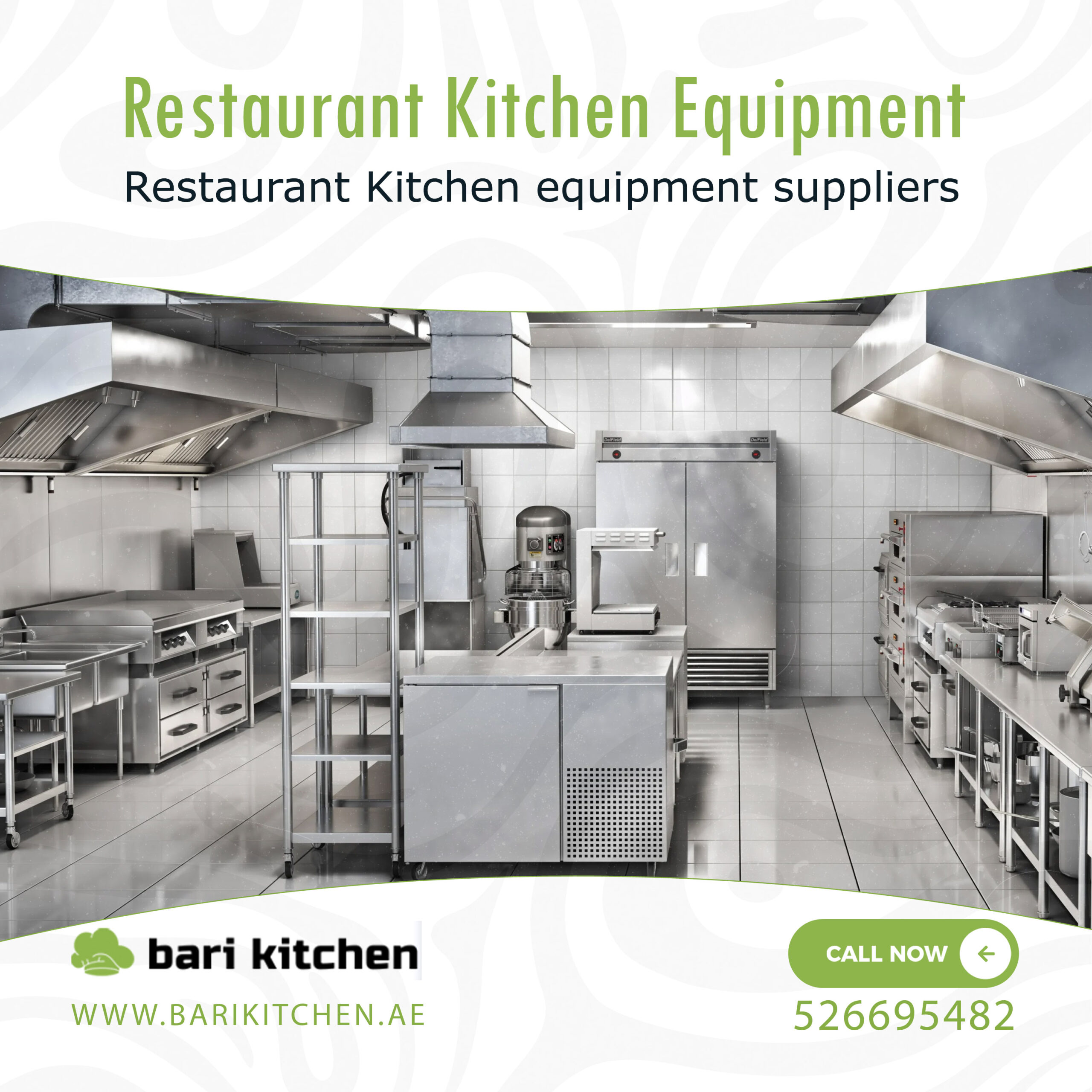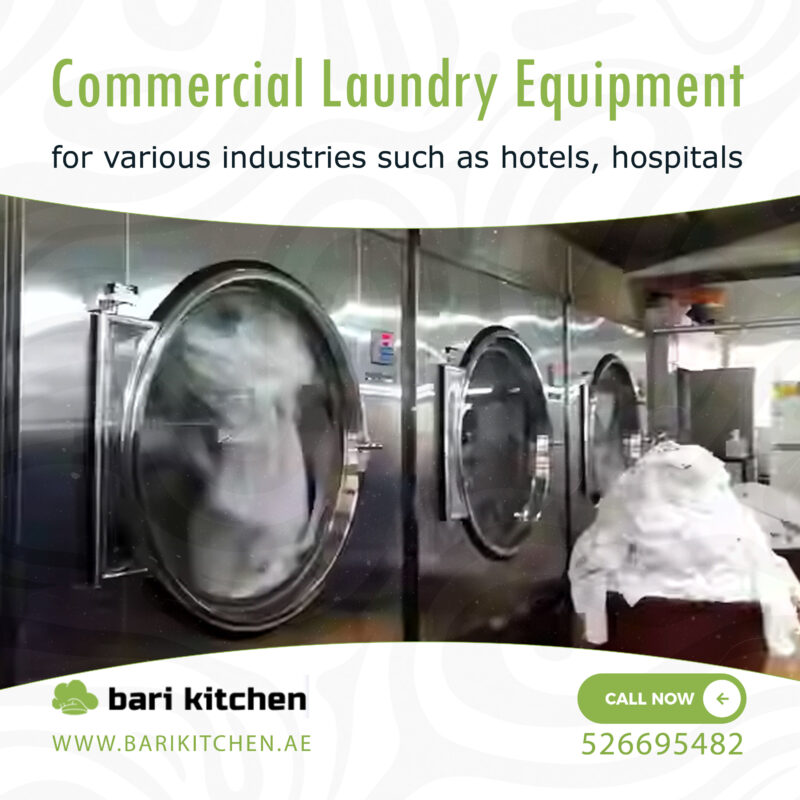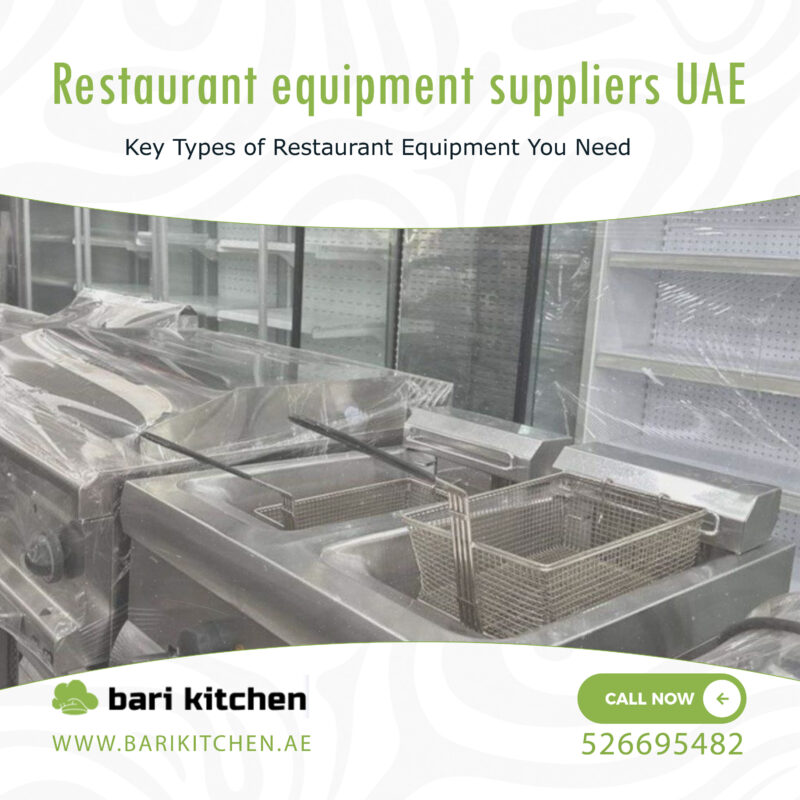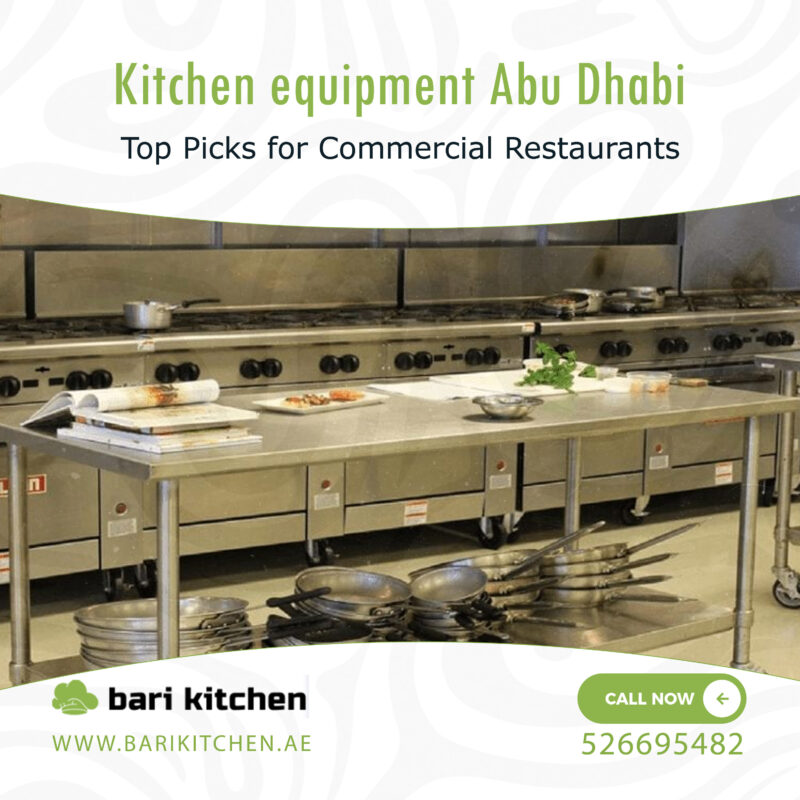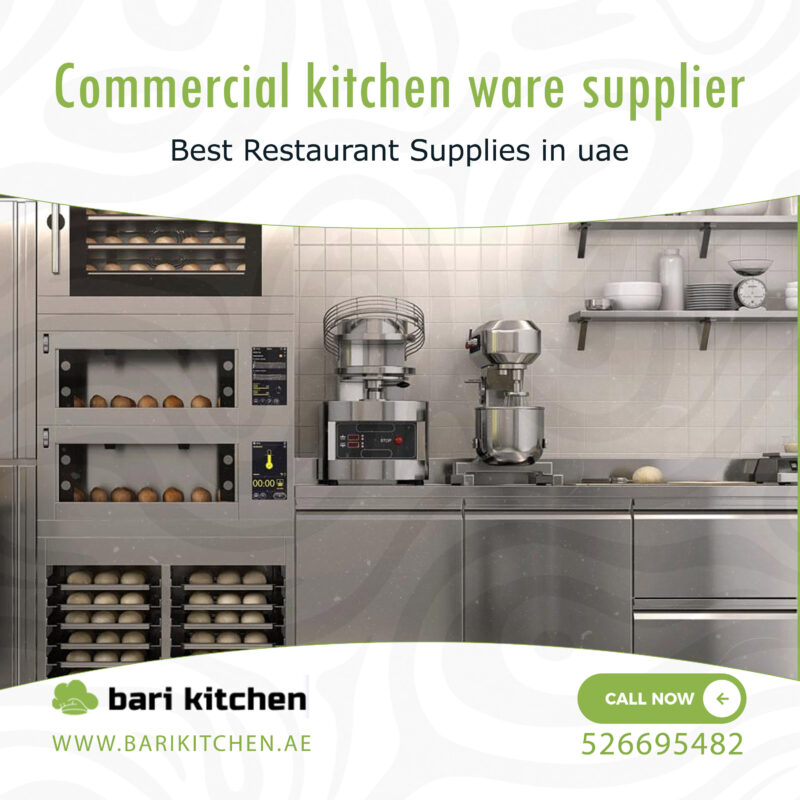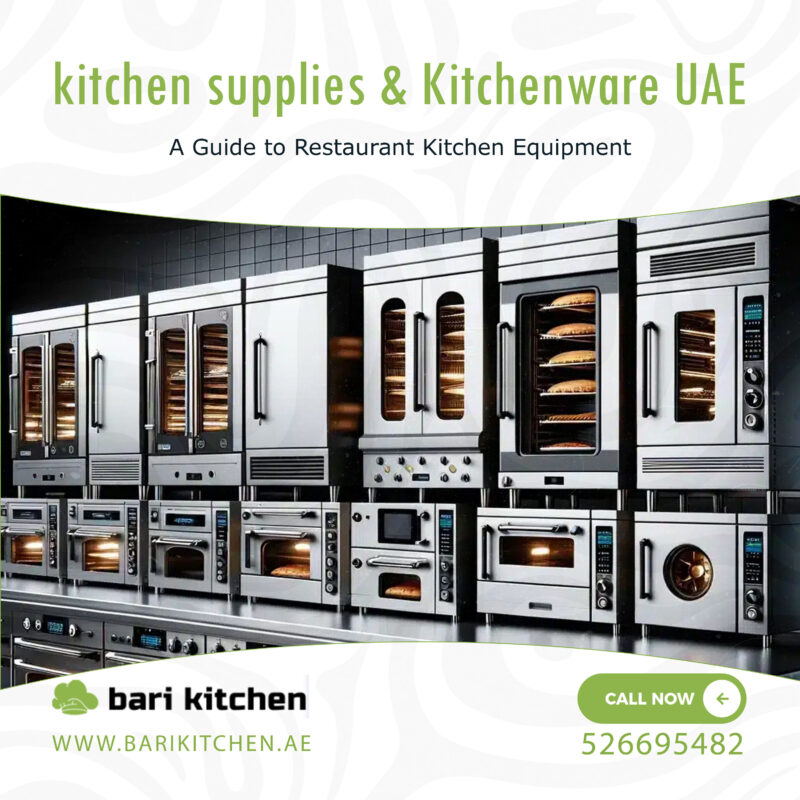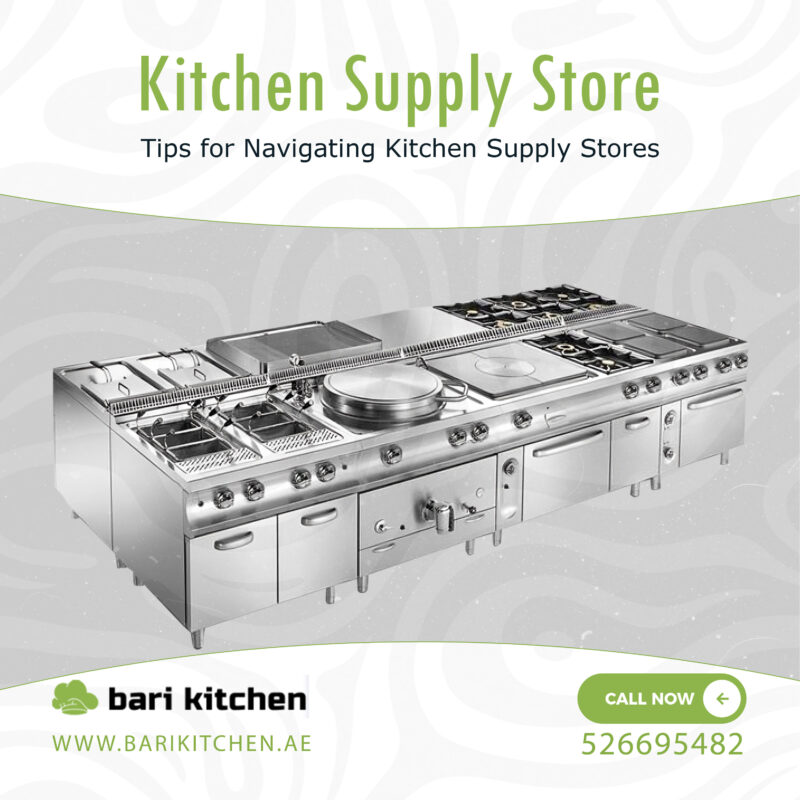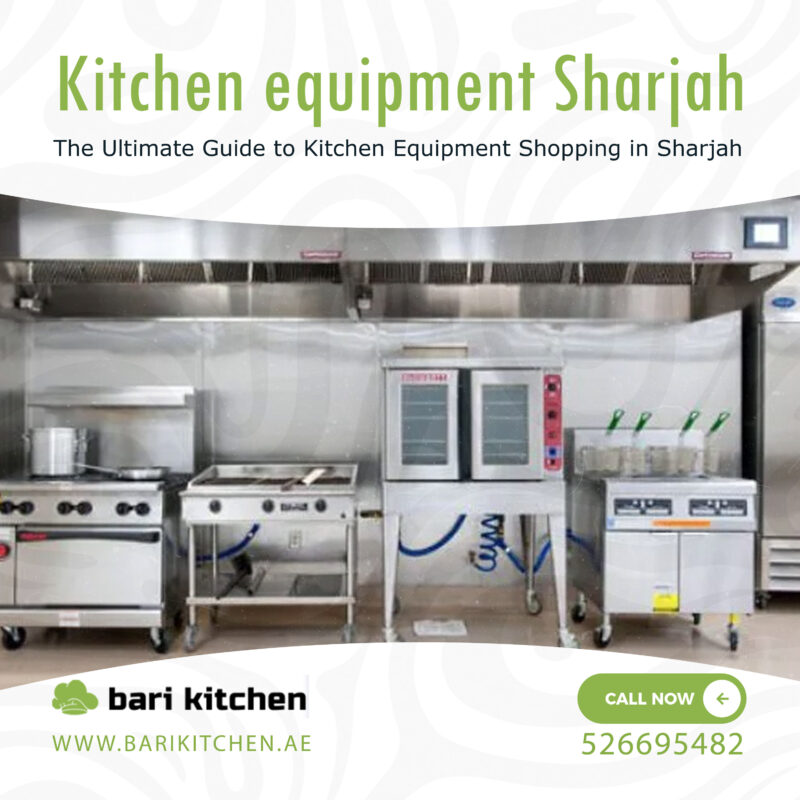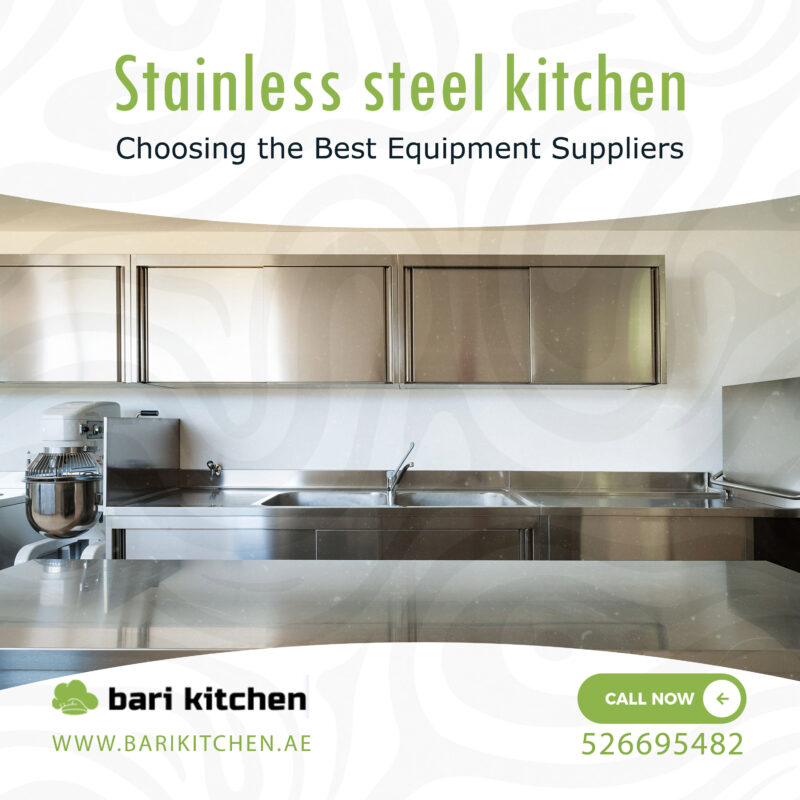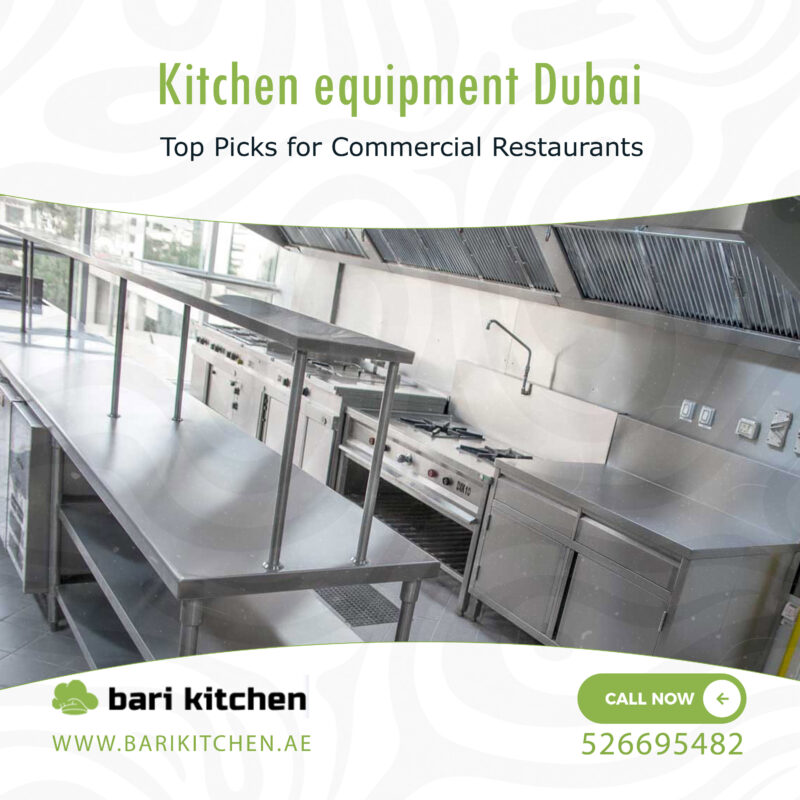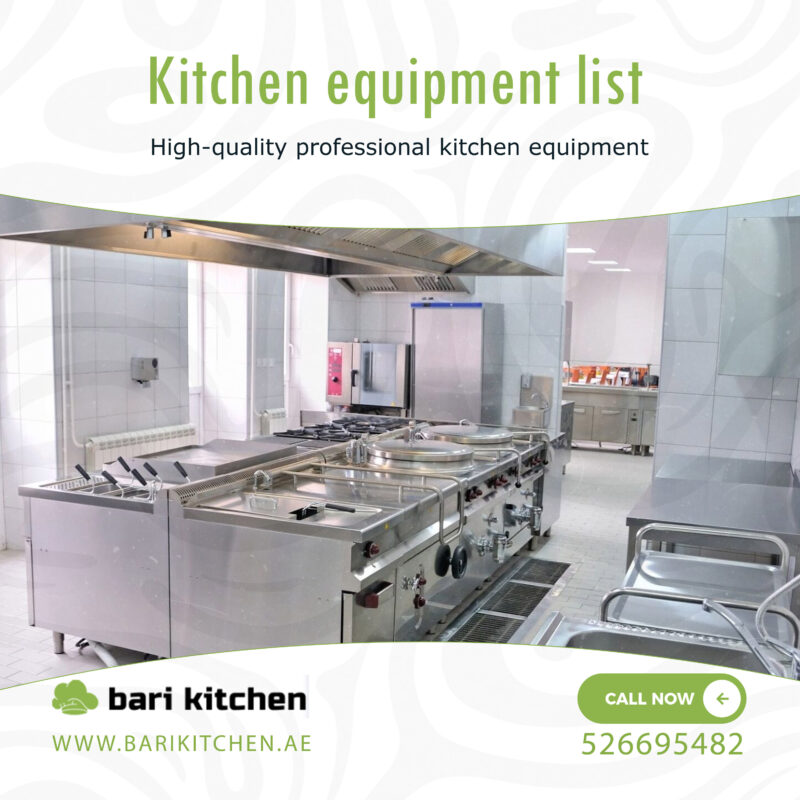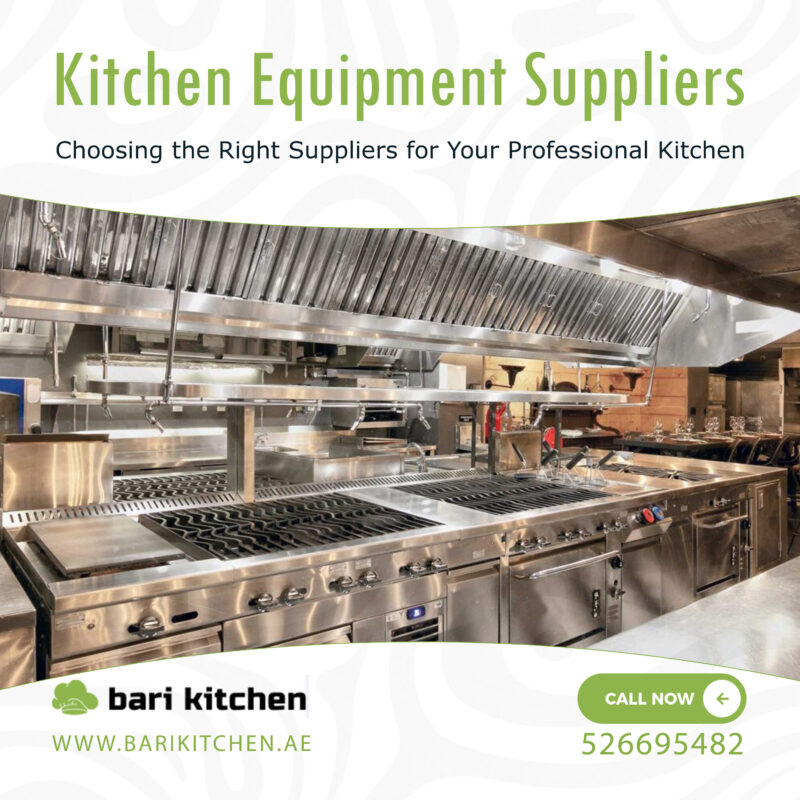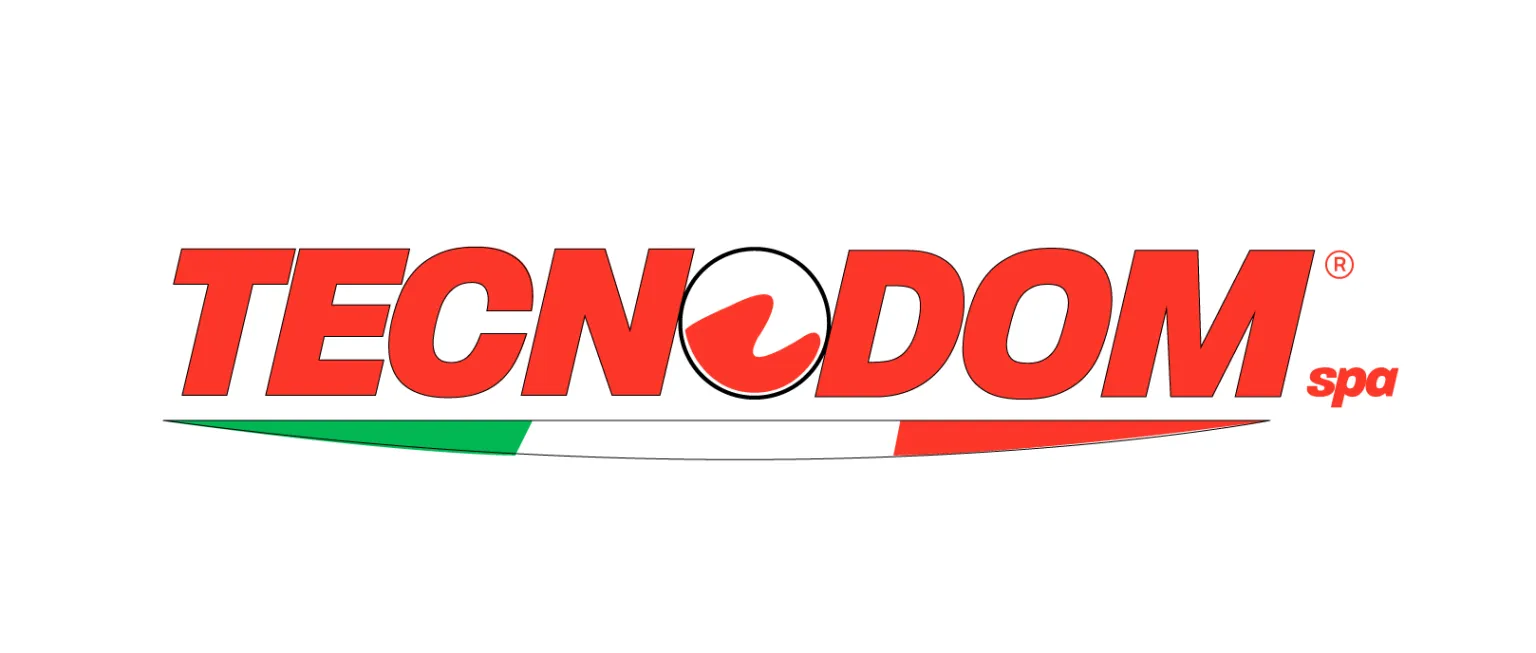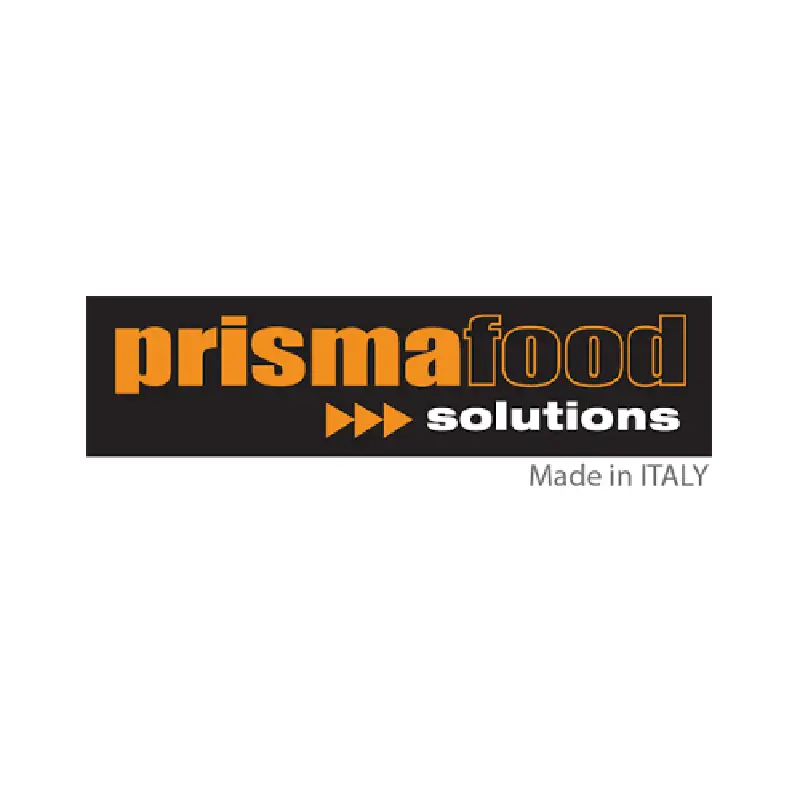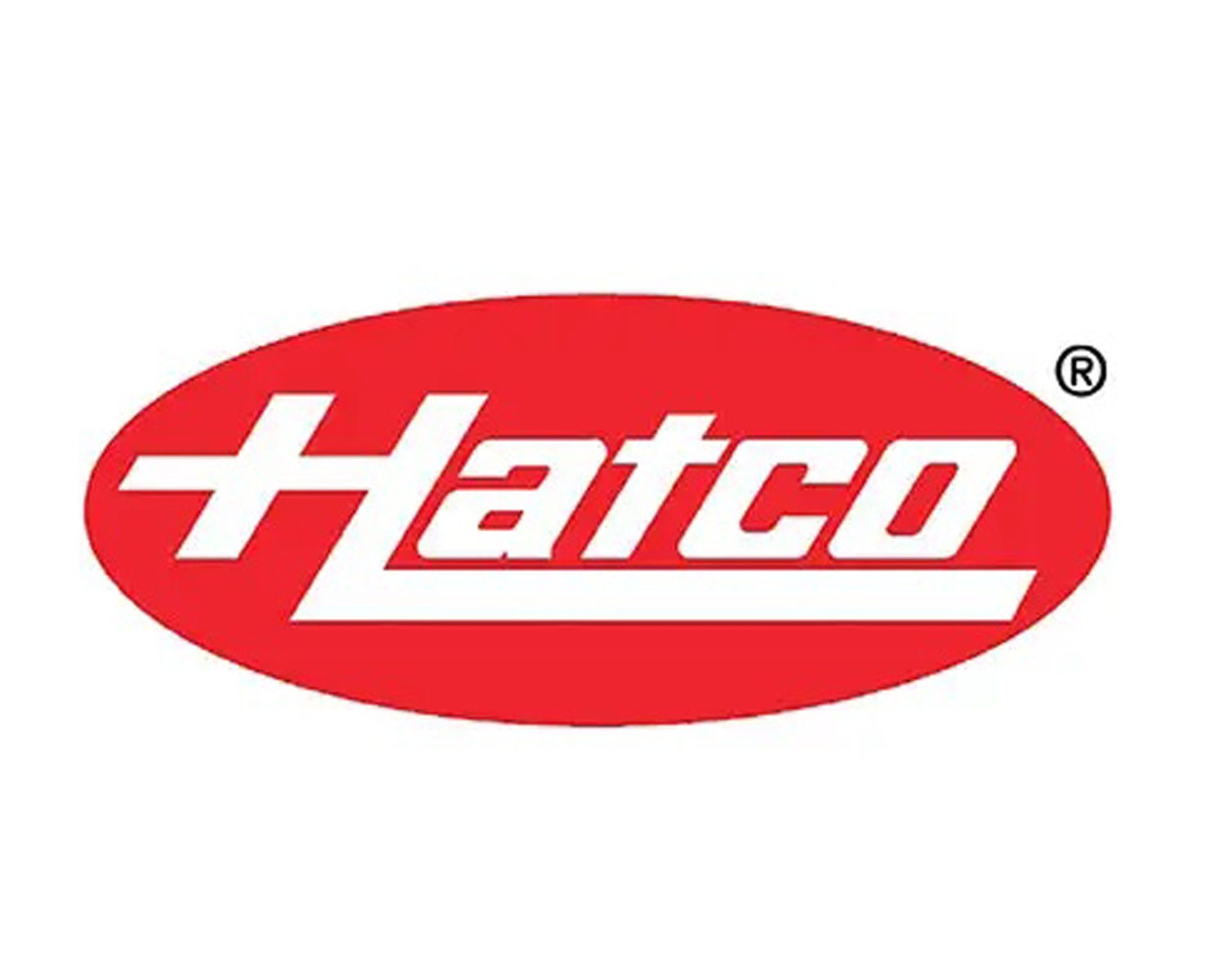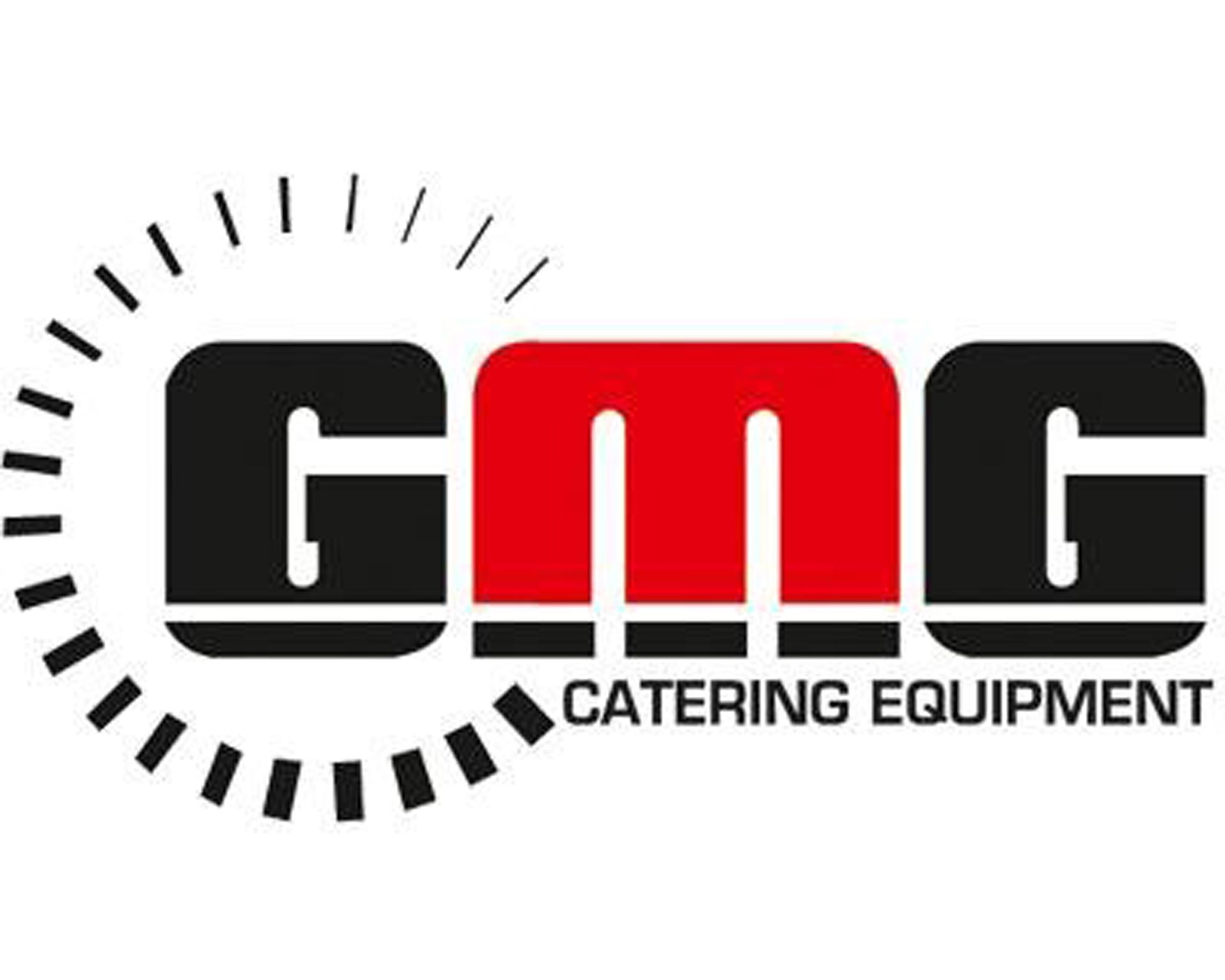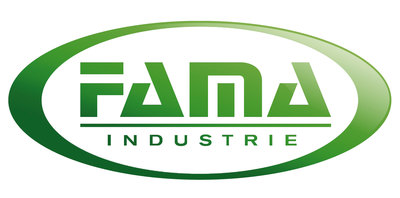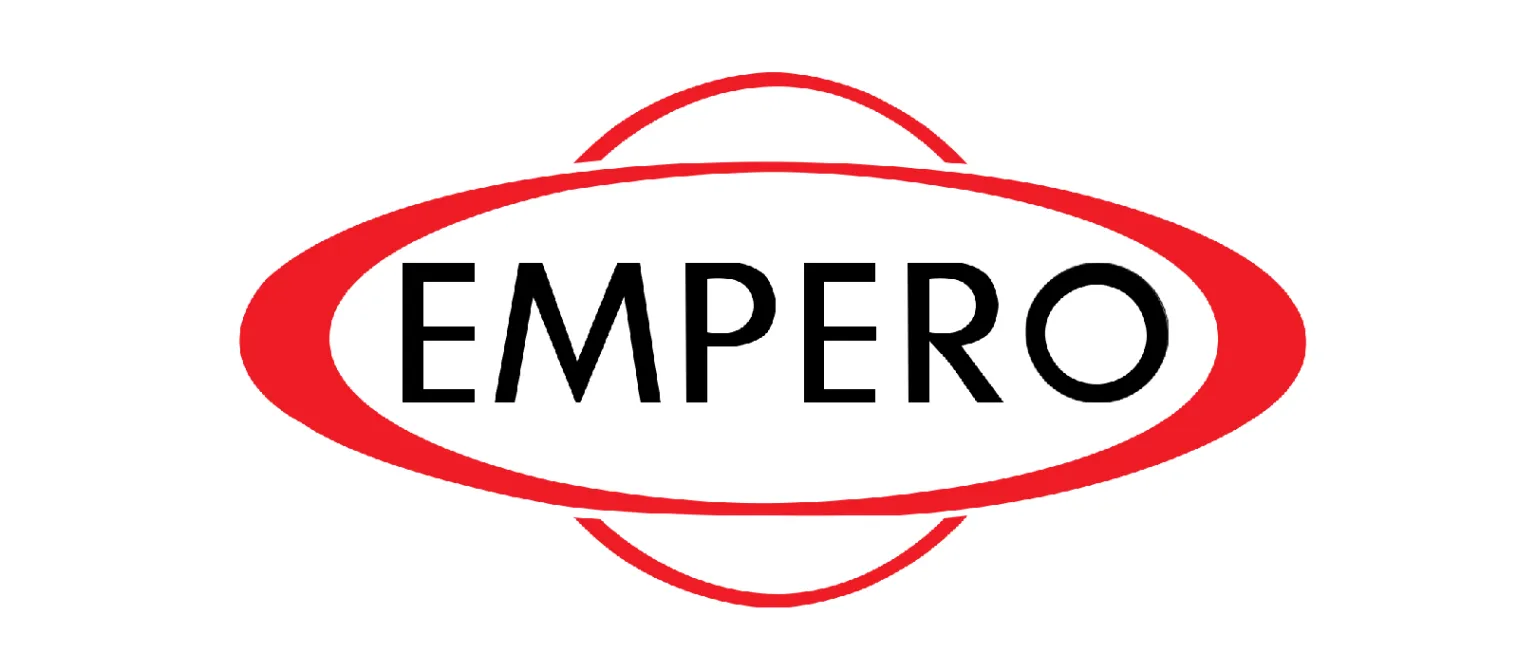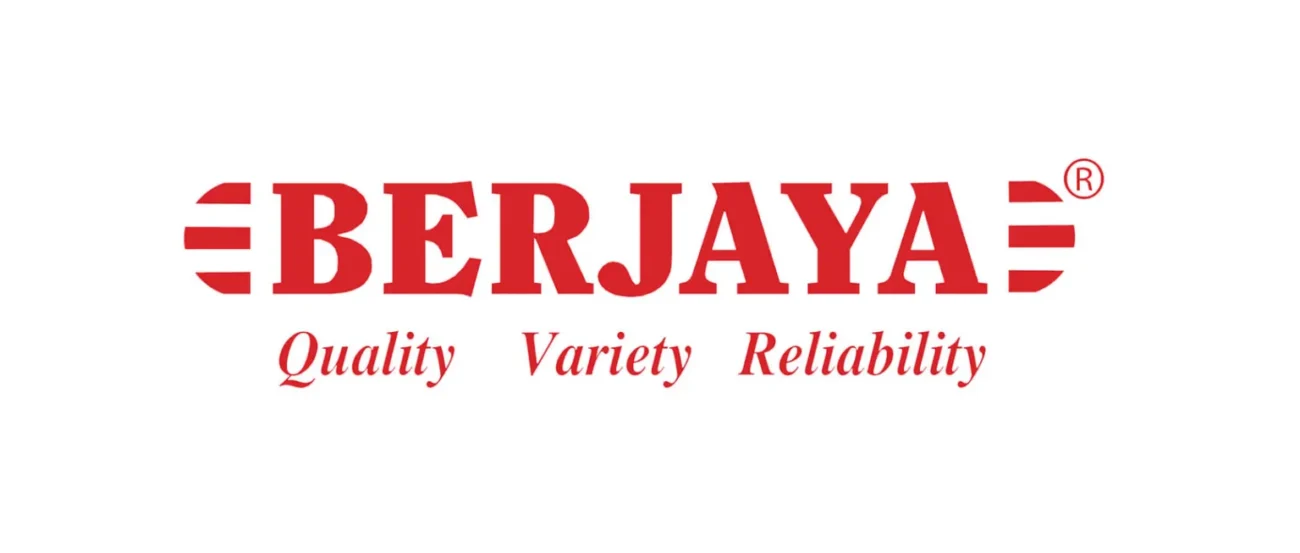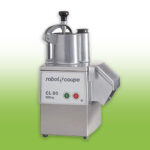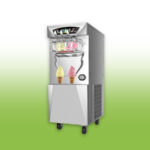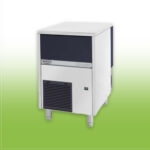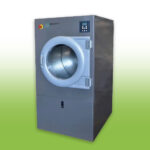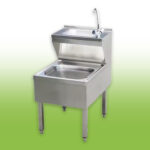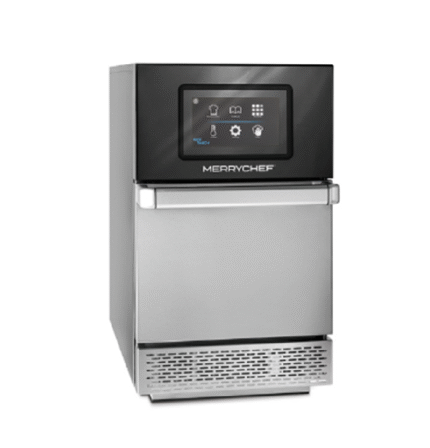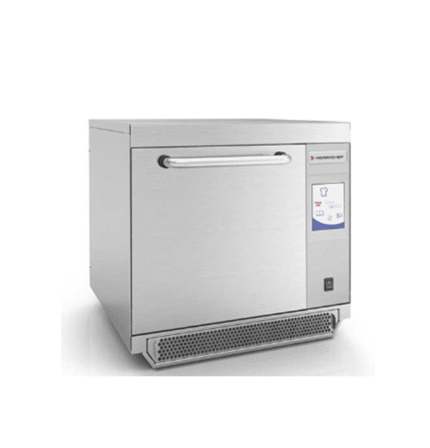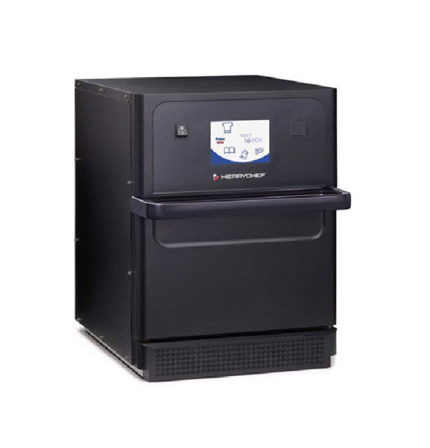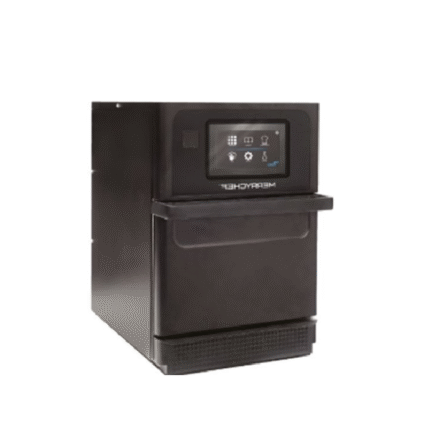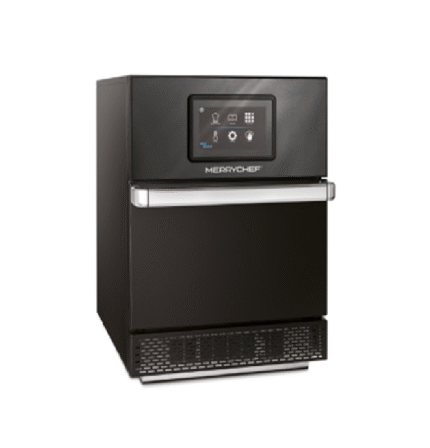Restaurant Kitchen Equipment
Restaurant Kitchen Equipment In the fast-paced environment of a restaurant,
the efficiency of kitchen operations is paramount to ensuring prompt service and high-quality food.
At the core of these operations lies an array of kitchen equipment,
essential for various food preparation, cooking, and serving tasks.
Traditional kitchen cooking equipment has significantly evolved with advancements in technology,
paving the way for a smarter, more efficient approach to culinary arts.
Essential kitchen equipment in a restaurant typically includes appliances such as grills, fryers, ovens, and food slicers,
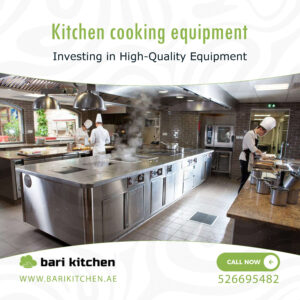
all tailored to meet the demands of high-volume food preparation. For instance electric fryers are a staple in many commercial kitchens,
providing the capacity to cook multiple dishes simultaneously without compromising on quality.
Meanwhile combi ovens and rational ovens are favored for their versatility,
combining steam and convection cooking methods to enhance food quality while maintaining energy efficiency.
Revolutionizing Restaurant Operations
In addition to cooking equipment other vital kitchen supplies often found in a restaurant include worktables, sinks and storage solutions
which contribute to an organized and functional workspace.
Water dispensers with ice makers and food preparation stations also play an essential role in streamlining kitchen processes.
As restaurant owners seek to improve kitchen operations, the need for durable and reliable kitchen equipment near me becomes increasingly important.
The Impact of Smart Kitchen Technology
The integration of smart kitchen technology has further transformed the landscape of restaurant cooking equipment.
From automated cooking systems that utilize artificial intelligence to smart inventory management tools,
the evolution of this technology has been aimed at augmenting the capabilities of traditional equipment.
As the restaurant industry continues to adapt to modern demands, the importance of investing in quality commercial cooking equipment cannot be overstated.
The Evolution of Kitchen Technology
The journey of kitchen technology has undergone substantial transformation over the centuries,
initially characterized by the use of rudimentary manual tools and evolving into an era dominated by sophisticated machinery.
In the early stages cooking relied heavily on simple implements such as clay ovens and open fires.
However with the advent of the Industrial Revolution in the 18th century, kitchen equipment began to evolve rapidly.
Innovations like gas stoves and electric cooktops greatly enhanced the efficiency of food preparation,
allowing chefs to focus more on finesse rather than mere survival.
As we moved forward the 20th century brought remarkable milestones in kitchen supplies,
notably the emergence of commercial kitchen equipment such as refrigerators and dishwashers.
These developments not only streamlined operations in food establishments but also played a vital role in ensuring food safety and hygiene.
The introduction of specialized equipment like electric fryers and combi ovens further enhanced the cooking process,
allowing for a variety of cooking techniques to be employed in a single unit.
cooking equipment in kitchen
The late 20th and early 21st centuries marked a significant pivot towards automation and smart technology in the culinary realm.
Innovations such as micro ovens in restaurants and advanced food slicer machines illustrate a move towards technology that not only facilitates cooking,
but also encourages precision and consistency in food service.
In recent years the rise of smart kitchen technology solutions, including water dispensers with ice makers and app-controlled electric pizza ovens,
has transformed restaurant operations by optimizing food preparation processes and enhancing overall customer experience.
commercial kitchen supplies
This evolutionary narrative showcases how kitchen equipment has transitioned from manual to automated solutions,
emphasizing the seamless integration of technology in modern cooking environments.
Ultimately each advancement has contributed to reshaping the culinary landscape,
reflecting a broader trend towards increased efficiency and innovation in restaurant operations.
Smart Kitchen Technology: Features and Benefits
In recent years smart kitchen technology has emerged as a transformative force within the realm of commercial kitchen equipment.
These innovative tools include smart ovens, refrigerators and other cooking appliances that integrate advanced features to streamline restaurant operations.
For instance a combi oven can adjust cooking parameters automatically based on the food being prepared,
ensuring optimal results while minimizing the need for constant supervision.
This automation dramatically enhances productivity allowing chefs to focus on creativity rather than repetitive tasks.
Another significant advancement is the ability for restaurant owners to remotely monitor kitchen cooking equipment through smartphone applications.
This feature provides real-time access to temperature settings,
equipment status and energy consumption analytics facilitating proactive maintenance and reducing downtime.
Moreover with electric pizza ovens that can be controlled remotely,
establishments can ensure consistent cooking quality ultimately leading to improved customer satisfaction and retention.
commercial kitchen equipments in uae
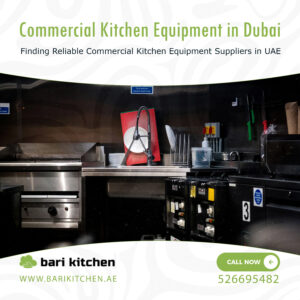
Energy efficiency is another critical benefit associated with smart kitchen technologies.
Many smart appliances such as energy-efficient refrigerators and microwave ovens designed for restaurants,
consume less energy than their traditional counterparts which translates to reduced utility bills for businesses.
Furthermore these appliances can minimize food waste by tracking inventory levels and expiration dates
allowing for better inventory management and purchasing practices.
By implementing technologies like a food slicer machine and a meat mincer machine that can optimize their operations,
restaurants can reduce waste and uphold food safety standards.
As the food service industry increasingly turns towards these sophisticated solutions,
it becomes imperative for restaurant operators to consider the advantages of kitchen equipment upgrades.
By investing in commercial cooking equipment that promotes efficiency and productivity restaurants can stay competitive.
The integration of smart appliances not only enhances operational efficiency but ultimately contributes to the overall success of culinary establishments.
The Future of Restaurant Kitchens Challenges and Opportunities
The adoption of smart kitchen technology in restaurant operations presents both considerable challenges and exciting opportunities for owners and operators.
One of the primary concerns lies in the initial investment required for state-of-the-art commercial kitchen equipment.
Many restaurants may hesitate to commit to expensive gadgets such as rational ovens, electric fryers or combi ovens when budgets are already strained.
However considering the long-term savings and efficiency improvements these investments can yield is crucial.
Smart kitchen technology often leads to reduced food waste optimized energy usage,
and enhanced employee productivity delivering a return on investment over time.
Restaurant Kitchen equipment suppliers
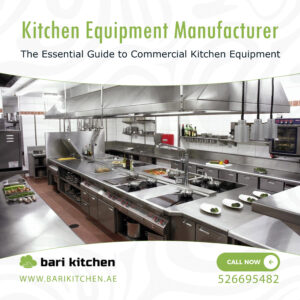
Another hurdle many restaurant operators face is the learning curve associated with implementing new kitchen cooking equipment.
Staff may require additional training to effectively use advanced equipment like food slicer machines or micro ovens leading to temporary disruptions in service.
Yet this challenge also presents an opportunity for management to cultivate a skilled workforce that is well-versed in modern culinary practices,
ultimately enhancing overall service quality and customer satisfaction.
Furthermore solutions often include comprehensive training programs from kitchen equipment manufacturers that assure smooth transitions to these innovative tools.
